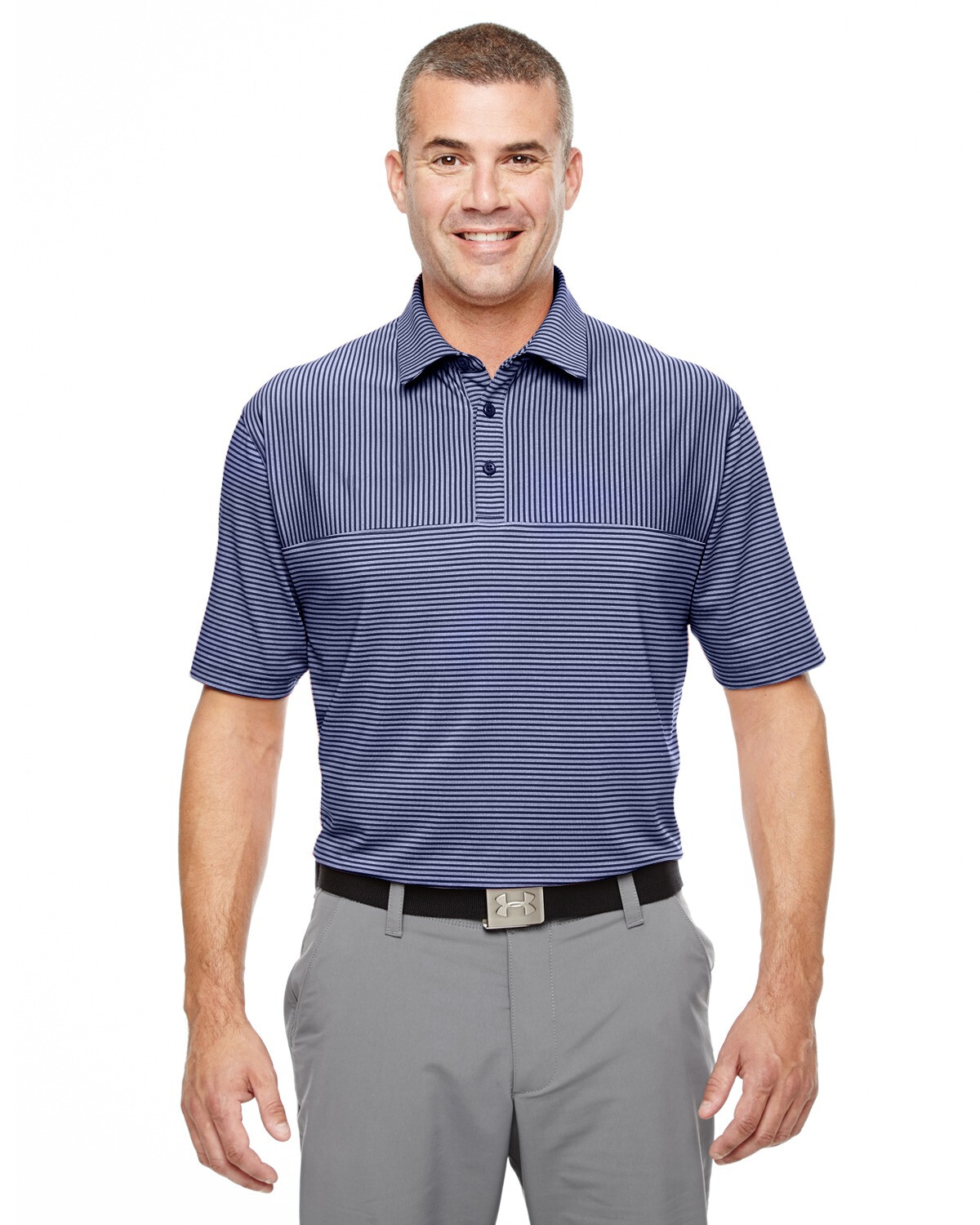
Product Spotlight: Moisture Wicking Apparel
Stay cool and dry in the summer heat with moisture wicking apparel
Rick Cundiff
Isn’t summer great? Lots of daylight gives us plenty of time for outdoor activities after work. And many of us like the warmth of summer a lot better than winter ice and snow.
But let’s face it, some days that warmth can be just too much. If you’re active on the ballfield, soccer pitch or even the picnic grounds, summer heat can quickly leave you a sweater, soggy, miserable mess.
Fortunately, there’s a solution – moisture wicking apparel. Designed to keep you cool and dry, it can be a lifesaver on those days when the weather forecast includes those dreaded words “heat index.”
Moisture wicking isn’t magic. It’s science. Let’s start with a material that doesn’t wick – cotton.
Cotton Isn’t Necessarily the Best Choice
While cotton clothing is normally soft and comfortable, it has one major flaw – it absorbs moisture and keeps it against your skin. That leaves you hot and wet in summer or cold and clammy in winter. Just what you don’t want.
A polo shirt made from moisture wicking material draws moisture from the side next to your skin to the outside the shirt, where it evaporates. Keeping the sweat away from your skin keeps you feeling dry and more comfortable.
And it’s not just a summer benefit. These garments, by keeping you dry, help you stay warmer in winter too. They’re really four-season wear.
Materials used in moisture wicking apparel include polyester, nylon and acrylic. They don’t absorb moisture into the garment, which reduces odor as well.
You might be surprised to learn that wool wicks moisture as well. If it helps sheep regulate their temperature in all kinds of conditions, it can help regulate yours as well. Merino wool in particular is an excellent choice because it consists of finer fibers than ordinary wool, which makes it lighter, softer and more effective.
Other Wicking Fabrics
Other natural materials such as bamboo and hemp feature wicking properties as well. But the vast majority of moisture wicking clothing is made from synthetic microfibers.
There is a downside to those synthetics. They don’t biodegrade the way natural materials do, and there is concern about the possibility that they release microplastic particles into water systems through laundering.
Blends of cotton and synthetic fibers can offer the benefits of moisture wicking with a lower environmental impact.
Proper Care Ensures Peak Performance
It’s important to care for moisture wicking fabrics properly. Washing them in too hot water can reduce their performance or even destroy their wicking properties. It’s always best to follow the garment manufacturer’s instructions, but a good general rule is to wash in cold water without fabric softener. Ideally, they should be washed separately from other clothing.
To eliminate odors, wash garments inside out, and add a cup of distilled white vinegar to the wash cycle. Allow to air dry and don’t ever put them in the dryer.
With the proper care, moisture wicking clothing can keep you dry and comfortable all year round.
Rick Cundiff
Content Director, Blogger
Rick Cundiff spent 15 years as a newspaper journalist before joining TJM Promos. He has been researching and writing about promotional products for more than 10 years. He believes in the Oxford comma, eradicating the word "utilize," and Santa Claus.
